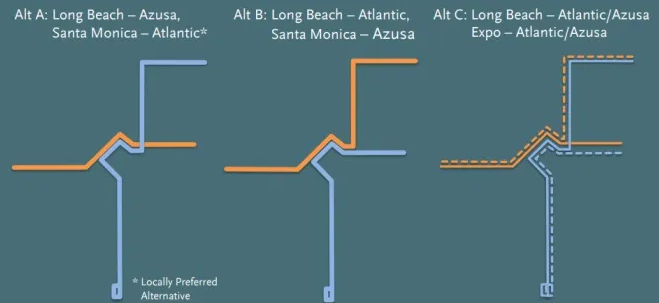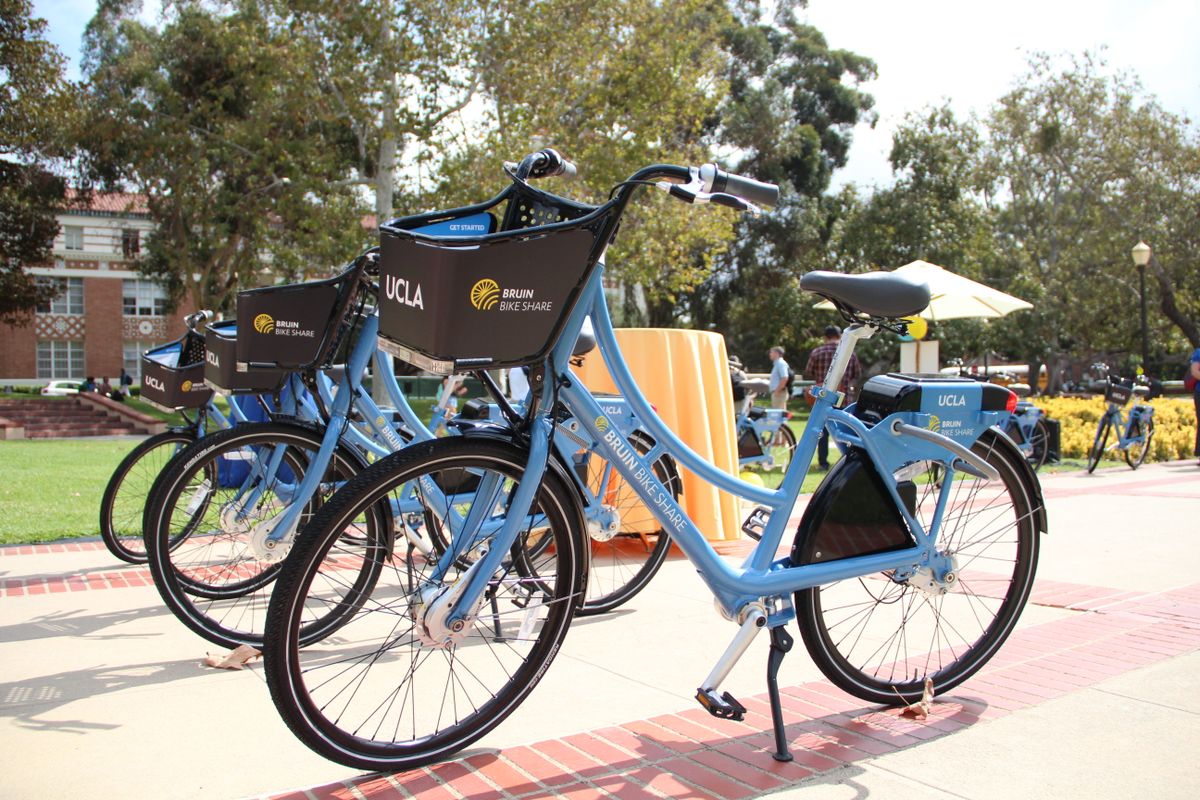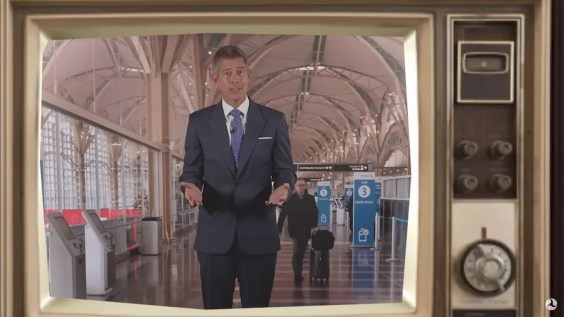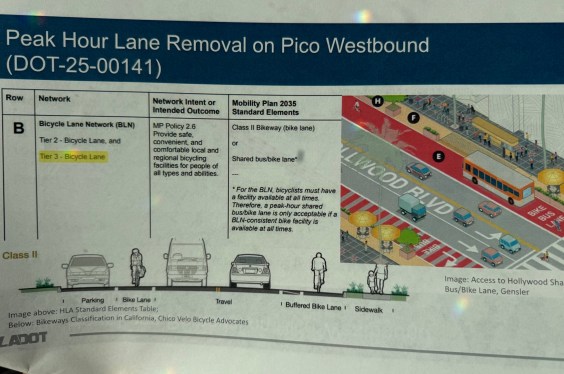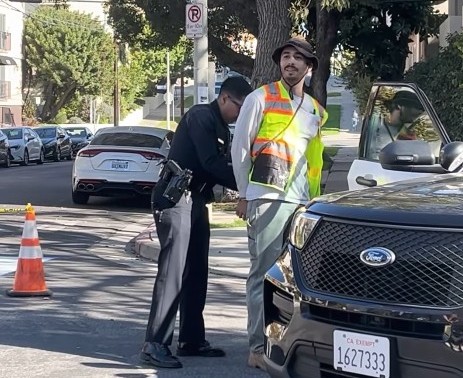This morning, the Metro board of directors Operations Committee approved plans for how Regional Connector service will operate. There were no surprises; the new downtown L.A. light rail subway will combine three existing Metro lines to form two longer lines, which will run north-south and east-west.
Metro's Regional Connector is a $1.55 billion 1.9-mile light rail subway that will tie together the Metro A (Blue), E (Expo), and L (Gold) Lines. The project has been under construction since late 2014, and was originally anticipated to be completed in 2020 - this year. Early construction difficulties resulted in delays and a nine percent cost overrun. The line is now 70 percent complete, and anticipated to open to the public in Summer/Fall 2022.
There are several ways that the new subway could connect the A, E, and L Lines into two new longer lines. Metro considered three alternatives: (see graphic at top)
- Alternative A: Long Beach to Azusa, Santa Monica to East L.A.
- Alternative B: Long Beach to East L.A., Santa Monica to Azusa
- Alternative C: both lines branching - running alternating trains for Long Beach to Azusa/East L.A., and Santa Monica to Azusa/East L.A.
Staff recommended Alternative A as the simplest to understand and operate, best headway regularity, and second least expensive operations.
Though it may seem like Alternative C could offer the best of both worlds, it ends up being confusing for riders. Alternative C would also mean longer wait times, and higher operations costs in part due to the need to get operators and trains back to their home divisions.
Alternatives A and B perform fairly similarly. Both have some issues where A and E Line street running delays spread to the L Line. According to Metro's staff report, to get trains to line up properly, the agency will need to have some faster trains "wait between one and two minutes at stations approaching the junction [where A and E lines meet at the intersection of Washington Boulevard and Flower Street.]"
Another way to get A and E Line trains to line up more consistently is for Metro to work with the L.A. City Transportation Department (LADOT) to retool traffic signals to prioritize trains. Some signal priority for trains has been in place for a long time, but it remains imperfect. With the interconnectedness of the Regional Connector, delays on one line can impact much more of the transit system. With this in mind, Metro boardmember and Long Beach Mayor Robert Garcia offered a motion - approved by the committee today - that directs Metro to evaluate what causes delays for A/E/L Lines, and to collaborate with LADOT to fix issues.
Garcia's motion builds on a 2017 Mayor Eric Garcetti motion that pushed for better A Line speeds and ended up with this report. Mayor Garcia oversaw improved signalization result in better A Line speeds in Long Beach. Boardmember and L.A. City Councilmember Mike Bonin led efforts for E Line signal priority improvements, with some success. Hopefully, this latest effort can marshal Metro and local cities to significantly improve train speed and reliability, instead of continuing to prioritize single-occupant cars.
It is not clear how the new lines will be named. Perhaps Long Beach to Azusa will be the A Line, and Santa Monica to East L.A. will be the E Line - with the L/Gold Line retiring. Another name that will effectively retire is "Regional Connector." The new tracks serve other lines, so you won't hear people say "take the Regional Connector."
One other Regional Connector development coming very soon: in just over a week, on Saturday October 24, the Regional Connector project will permanently close the current L Line Little Tokyo Station. That somewhat-inaccessible surface station will be demolished and replaced by a new underground station below First Street just west of Alameda Street. Construction will close the Little Tokyo portion of the L Line for nearly two years, in order to connect the surface L Line tracks to the Regional Connector subway. Metro will operate a bus shuttle from October 24 though mid-2022 when the Regional Connector opens.
